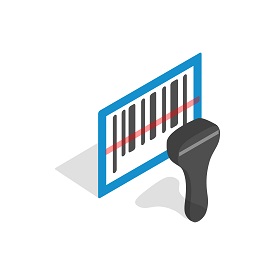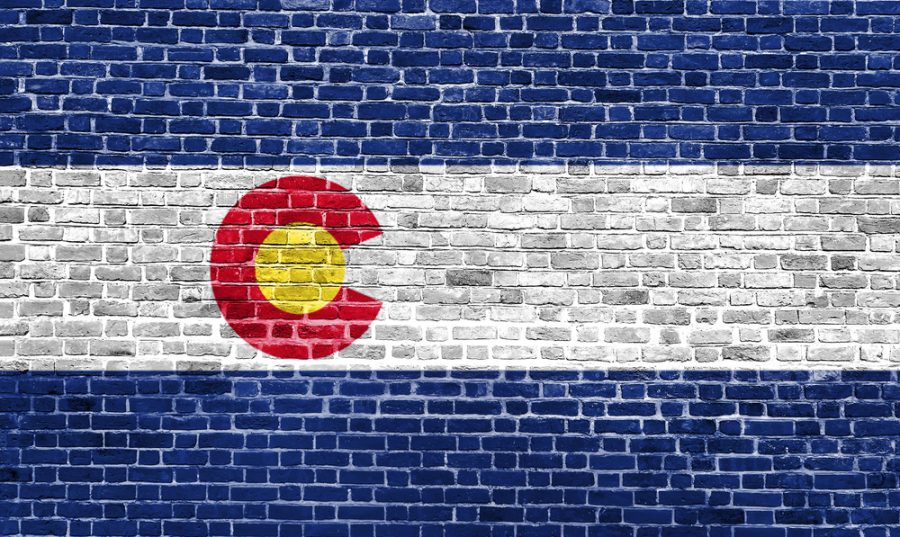 There are many impediments to a successful investigation of a product liability claim – age of the product, preservation of evidence, chain of custody of the evidence, installation markings, etc. This article will discuss situations where there is a lack of identifying information on the product.
There are many impediments to a successful investigation of a product liability claim – age of the product, preservation of evidence, chain of custody of the evidence, installation markings, etc. This article will discuss situations where there is a lack of identifying information on the product.
Products Lacking Manufacturer Identification
Picture the scenario where the insured suffered a water loss and the investigator easily determined cause and origin as the failed water supply line. But after expert examination the product possesses no markings as to identify a manufacturer, model or product number. Even your well-educated and experienced investigator advises that he/she is unable to identify the product’s maker.
A lack of identifying information on a product not only weakens a product defect case, but can stop the case dead in its tracks. The reasons for the lack of product identification can vary. Over time, through corrosion and suffering the elements, a product’s identification label can wear off. The lack of product identification may also be a result of the water or fire damage of the incident. Alternatively, the product many not have ever had any product information.
Is there a requirement for manufacturers to label products with some sort of information to identify the make, model, and age? In fact, the U.S. Consumer Product Safety Commission generally does require labeling on products and packaging. However, labeling requirements differ based on the type of product, posed hazards, foreseeable uses, etc.
Additional Methods to Identify a Product
If you are dealing with a product that caused your loss, but there is no label readily indicating the source, there are other ways to identify the manufacturer. The insured, contractors, subcontractors, installers, maintenance personnel, etc., can all be questioned. You can also investigate whether the product is original to the construction of the property; whether the insured, contractor, installer, maintenance worker, etc. has invoices or record logs on products used on the property; whether the contractor, installer, maintenance worker, etc. utilizes only particular brands; whether the purchaser only purchases products at particular supply stores, etc. It is possible that after these inquiries, the manufacturer of the product can be identified.
Another great resource are experts, which may have seen a similar looking product or can provide an opinion based on experience as to the manufacturer. Some experts and vendors catalogue exemplars of products for the specific purpose of assisting customers with product identification. However, as you can imagine, the catalogue must be quite extensive, frequently updated, and easily searchable to be effective. In some cases a simple label or identifying mark on a product can lead to the manufacturer of the product.





